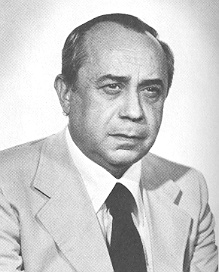
Leonardo Sciascia was an Italian writer, novelist, essayist, playwright, and politician. Some of his works have been made into films, including Porte Aperte, Cadaveri Eccellenti, Todo Modo and Il giorno della civetta.

Mario Alberto Ettore Monicelli was an Italian film director and screenwriter, one of the masters of the commedia all'italiana. He was nominated six times for an Oscar, and received the Golden Lion for his career.

Giuseppe Avati, better known as Pupi Avati, is an Italian film director, producer, and screenwriter. He is known to horror film fans for his two giallo masterpieces, The House with Laughing Windows (1976) and Zeder (1983).
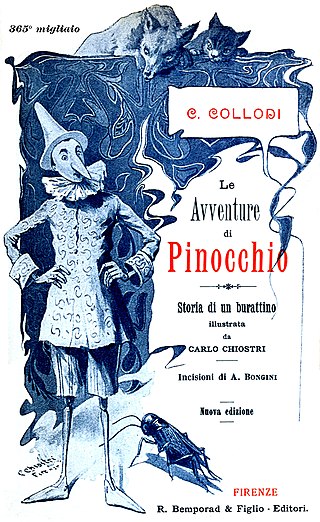
Carlo Chiostri was a self-taught Italian painter and graphic artist, best known for being one of the earliest illustrators for the book version of The Adventures of Pinocchio.

Poppi is a comune (municipality) in the Province of Arezzo in the Italian region Tuscany, located about 40 km east of Florence and about 30 km northwest of Arezzo.

Piero Calamandrei was an Italian author, jurist, soldier, university professor, and politician. Born in Florence, he was one of Italy's leading authorities on the law of civil procedure.
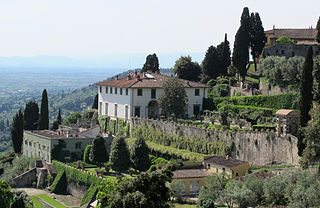
The Medici villas are a series of rural building complexes in Tuscany which were owned by members of the Medici family between the 15th century and the 17th century. The villas served several functions: they were the country palaces of the Medici, scattered over the territory that they ruled, demonstrating their power and wealth. They were also recreational resorts for the leisure and pleasure of their owners; and, more prosaically, they were the centre of agricultural activities on the surrounding estates. In 2013, the Medici villas were added to UNESCO's World Heritage list.
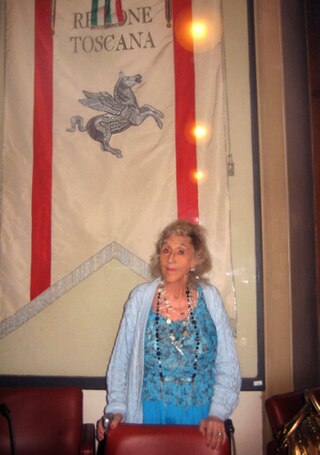
Duccia Camiciotti was an Italian poet, writer and essayist.

Mese mariano is an opera in one act by Umberto Giordano. Its Italian libretto by Salvatore Di Giacomo was adapted from his play 'O Mese Mariano, which was in turn adapted from his novella, Senza vederlo. It premiered at the Teatro Massimo in Palermo on 17 March 1910. The opera is described as a bozzetto lirico and has a running time of 35 minutes. It tells the story of a woman who visits an orphanage to see her child. Racked with guilt at having abandoned him, she is unaware that he had died the night before.
Laudomia Bonanni was an Italian writer and journalist. Although she started publishing when she was a teenager, her literary career took off in 1948 when she won a national contest; she went on to be a prolific and award-winning author. The Nobel laureate Eugenio Montale compared her realism to James Joyce’s Dubliners, and other distinguished critics considered her one of the most important and original voices in Italy’s post-World War II literature.
Goliarda Sapienza was an Italian actress and writer. She is best known for her 1998 novel L'arte della gioia.
Giulia Niccolai was an Italian photographer, poet, novelist, and translator.

Beatrice Monroy is an Italian writer and dramatist.

Guia Risari is an Italian writer, educator and translator.

Giacomo Romano Davare is an Italian writer, actor, stage director and teacher.
Maria Messina was an Italian writer.

Eugenia Romanelli is an Italian author and journalist.

Luciana Percovich is an Italian non-fiction writer, a teacher, a translator and director of a series of books on women's history and spirituality. She was born in Gorizia, Italy in a Mitteleuropean Italian speaking family forced to leave Fiume, Rijeka at the end of World War II, with cultural and geographical roots in Austria and Dalmatia, she spent her childhood and adolescence in Gorizia attending Classical studies. At the age of 18, she went to Milan to complete her education, and there she graduated in 1972. She has been defined as "a traveller between worlds and a weaver of space-time connections for her ability of embracing distant wide horizons with a loving insight".
Whatever I've done, it's been conceived within women's relations, in presence of women's bodies and in the flowing of awakened women's emotions.

Virgil Schönbeck, known by his pen name Virgilio Giotti, was an Italian poet writing both in Italian and in the Triestine dialect. Giotti's poetry "which is not so much linked to the vernacular tradition as to contemporary poetry in the Italian language, from Pascoli and the Crepuscolari to hermeticism, uses the dialect to give more intimate vibration to its lyrical motifs, now inspired by a loving or familiar, serene or painful intimacy, now by nature, by the landscape, by the minute life of his city; in forms that from the musicality of the canzonetta approach more and more, and with ever greater grace, an epigrammatic essentiality."
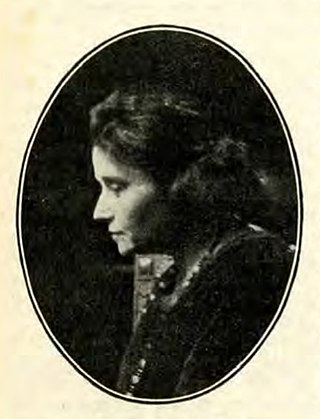
Virginia Tango Piatti was an Italian writer, pacifist, anti-fascist, and women's rights activist. Born in Florence, the family settled in Rome in 1897, where she was briefly schooled by nuns. She moved to Milan in 1904 to help with the education of her sister's children and met the painter Antonio Piatti, whom she married in 1905. Although she had begun writing around the time of her marriage, it became her livelihood in 1911, when she separated from her husband. She adopted the pen name Agar at that time, publishing poems, children's stories and articles about pacifism in various journals. Her outspokenness against fascism led to her registration as a subversive and her self-exile to Paris.

















